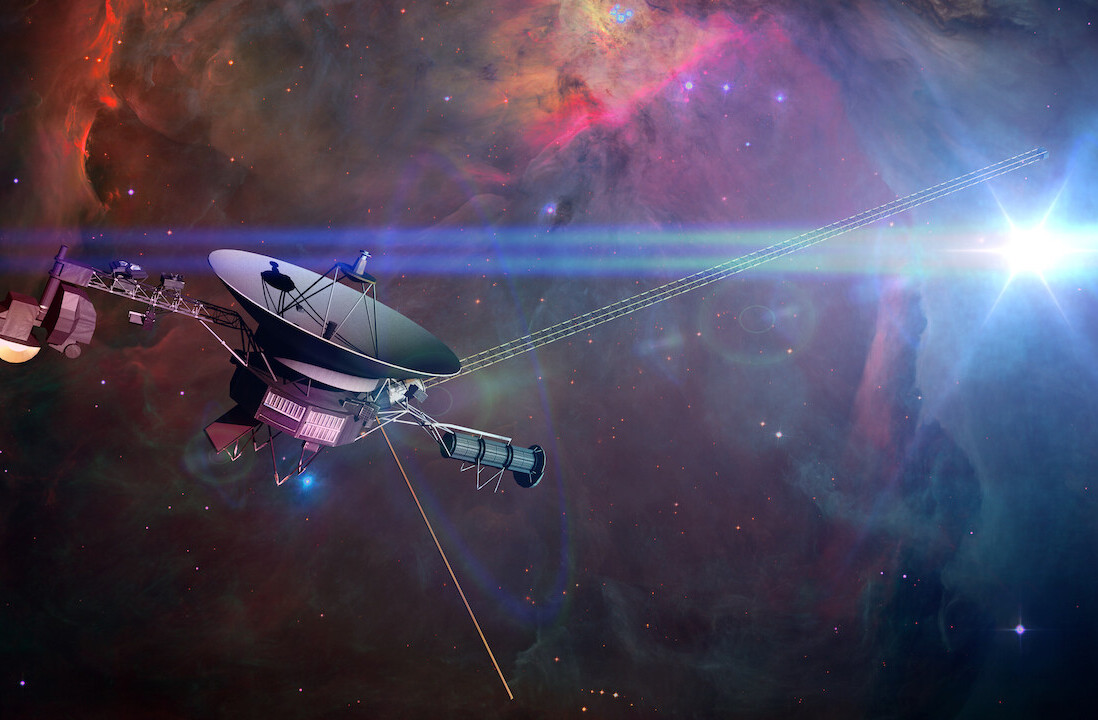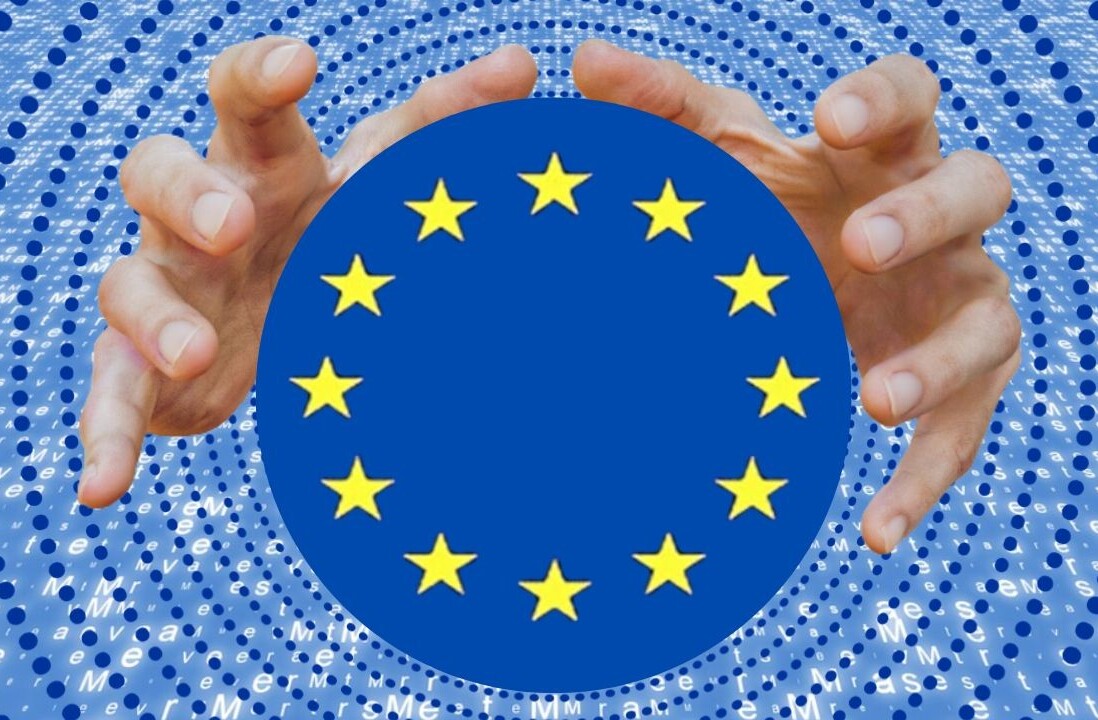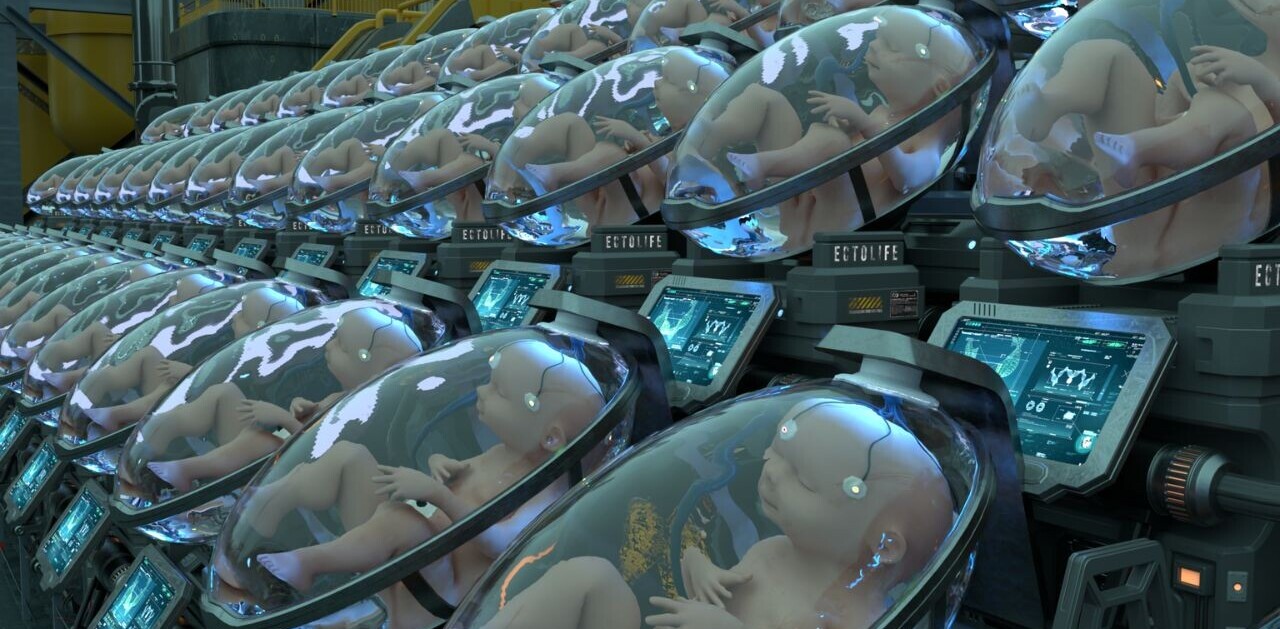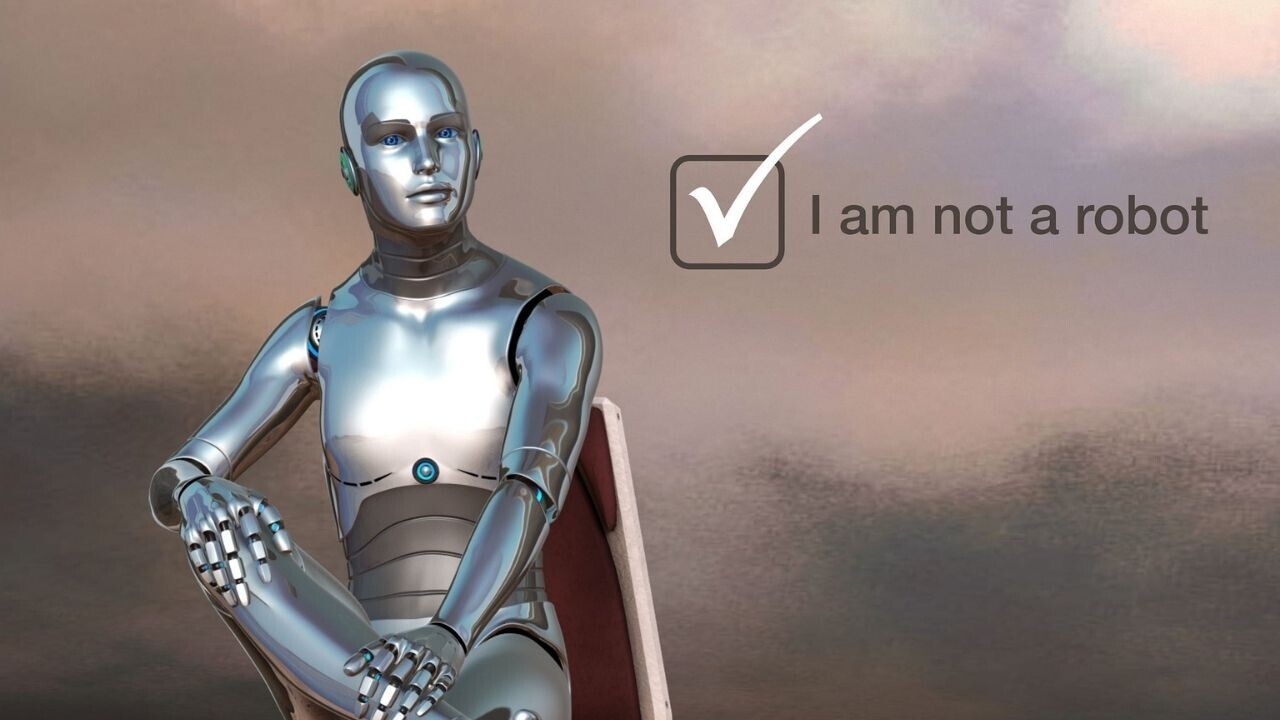
What do you imagine when you think about artificial intelligence?
For many of us, the question conjures up images from movies, novels, posters, and media reports. But these visualizations are often risibly unrealistic depictions of AI.
Just check out these beauties:
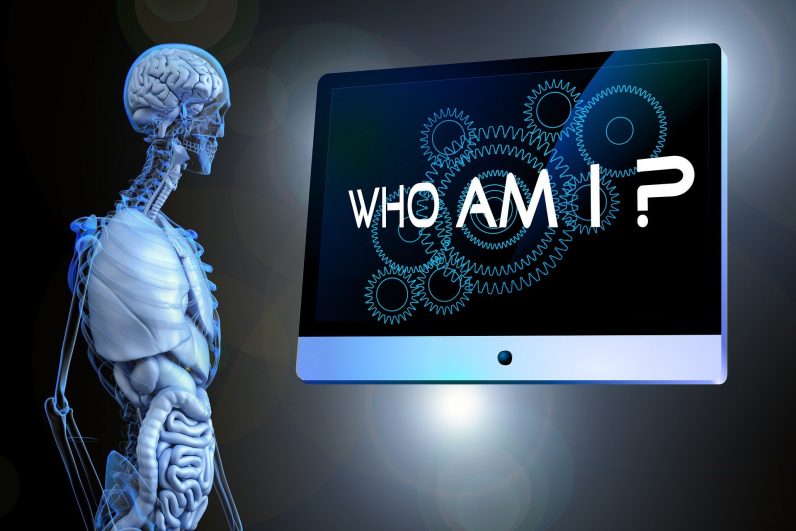
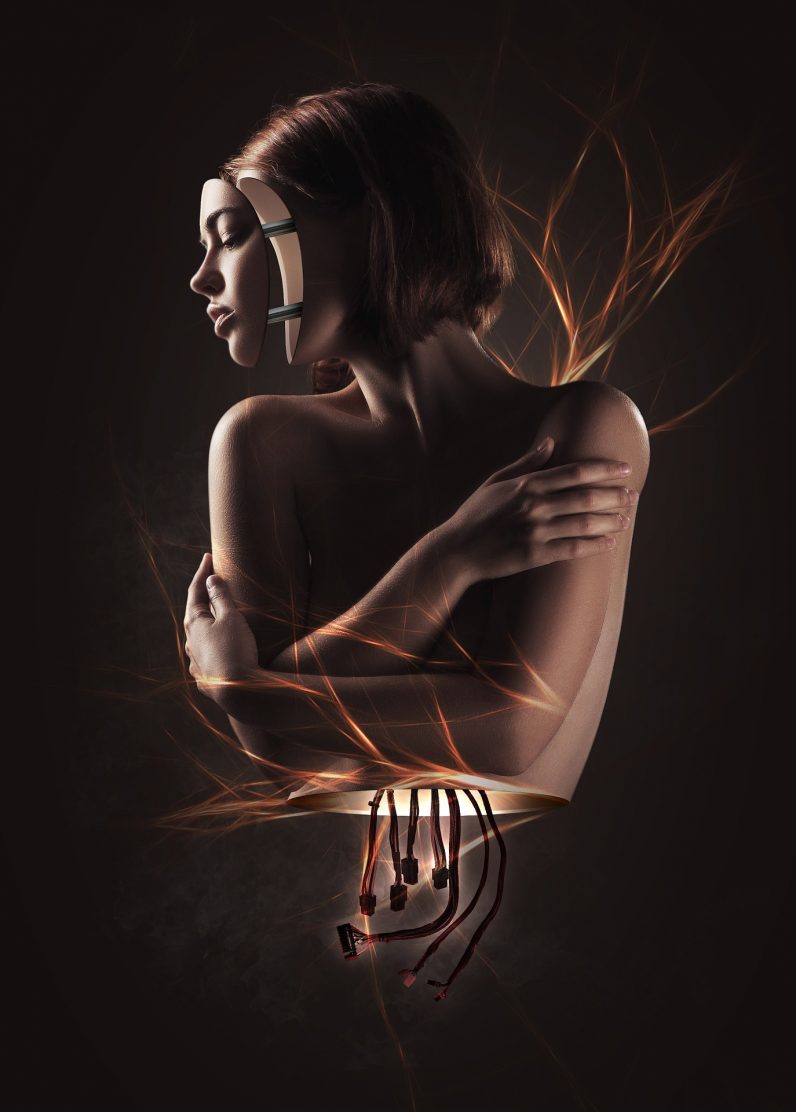

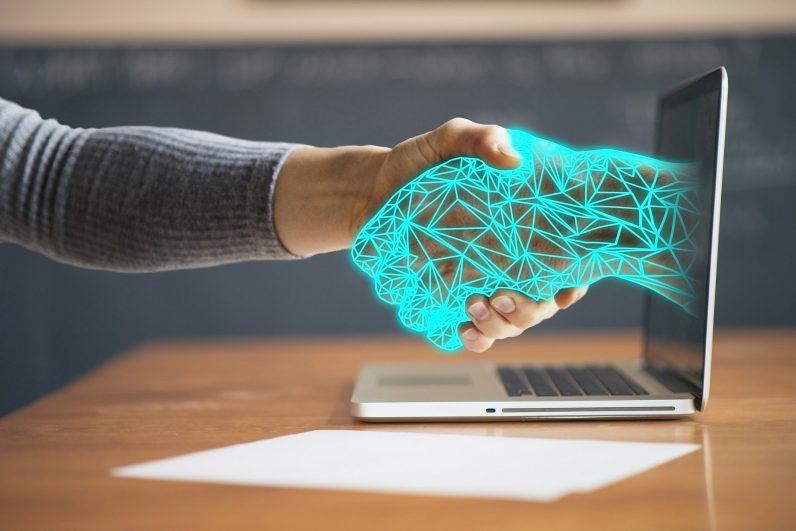

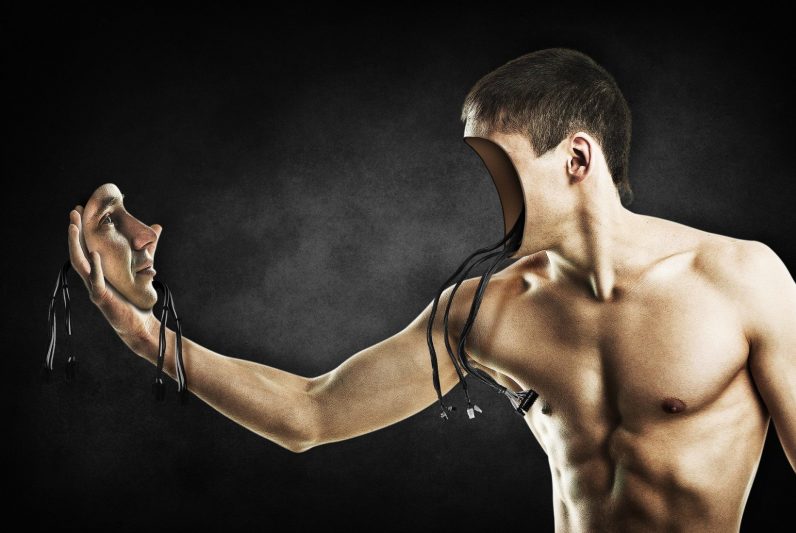
These images might make us laugh. Unfortunately, they can also mislead us about AI’s potential, reinforce stereotypes, and erase minorities from visions of the future.
[Read: Why entrepreneurship in emerging markets matters]
You might have noticed, for instance, the abundance of white, human-like bodies in the picture. A study by researchers at Cambridge University researchers explained that this visual framework can amplify discrimination, create new power hierarchies, and misrepresent the potential of AI.
A Twitter account called @notmyrobots maintains an archive of these depictions:
Is it just me, or does this seem to suggest that ultimately robots will evolve into their final perfect form, the woman??
Or is it, 'the secretary'?? Lots going on here in this pic…@NotMyRobots https://t.co/Ef6empX4Ny
— Dr Beth Singler (@BVLSingler) March 12, 2021
!!– @NotMyRobots
When they behave as if …
they had to use tablets io to read the latest stats ?? https://t.co/Qq53WuQkdb— CharlotteNaN.memento.homo (@TweetinChar) June 16, 2021
The @notmyrobots team say that their aim is to raise awareness of the risks of these portrayals:
Robotics, AI, and related technologies are often visualized in a way that is neither careful nor responsible. We observe that visualizations of these technologies frequently mix reality and (science) fiction, or the current state of technology with dystopian horror or utopian dreams. This only adds to the prevalent ignorance of what robotics, AI, and related technologies actually are (not) and can (not) do.
Even yours truly has been a target for their ridicule:
Going straight into my @NotMyRobots folder . .
This AI advised me to read The Hunger Games to survive this ‘cruel world’ https://t.co/wqcaMZfs11#ai #ArtificialIntelligence #MachineLearning #DeepLearning #gpt3 pic.twitter.com/YOOiA3PDFJ— Nige Willson (@nigewillson) October 1, 2020
In fairness, illustrating artificial intelligence is a tough job for designers, and many organizations don’t have a budget for custom-made images. But creatives, academics, businesses, and journalists can do better than this.
I recognize the hypocrisy of criticizing something that I’ve perpetrated. Unlike AI, I’m vaguely self-aware. I also suspect that the above won’t be the last time one of my articles enters the @notmyrobots library.
But I’ll certainly try harder to find more realistic depictions of AI in the future — and hope that artists create more than I can use.
Greetings Humanoids! Did you know we have a newsletter all about AI? You can subscribe to it right here.
Get the TNW newsletter
Get the most important tech news in your inbox each week.


